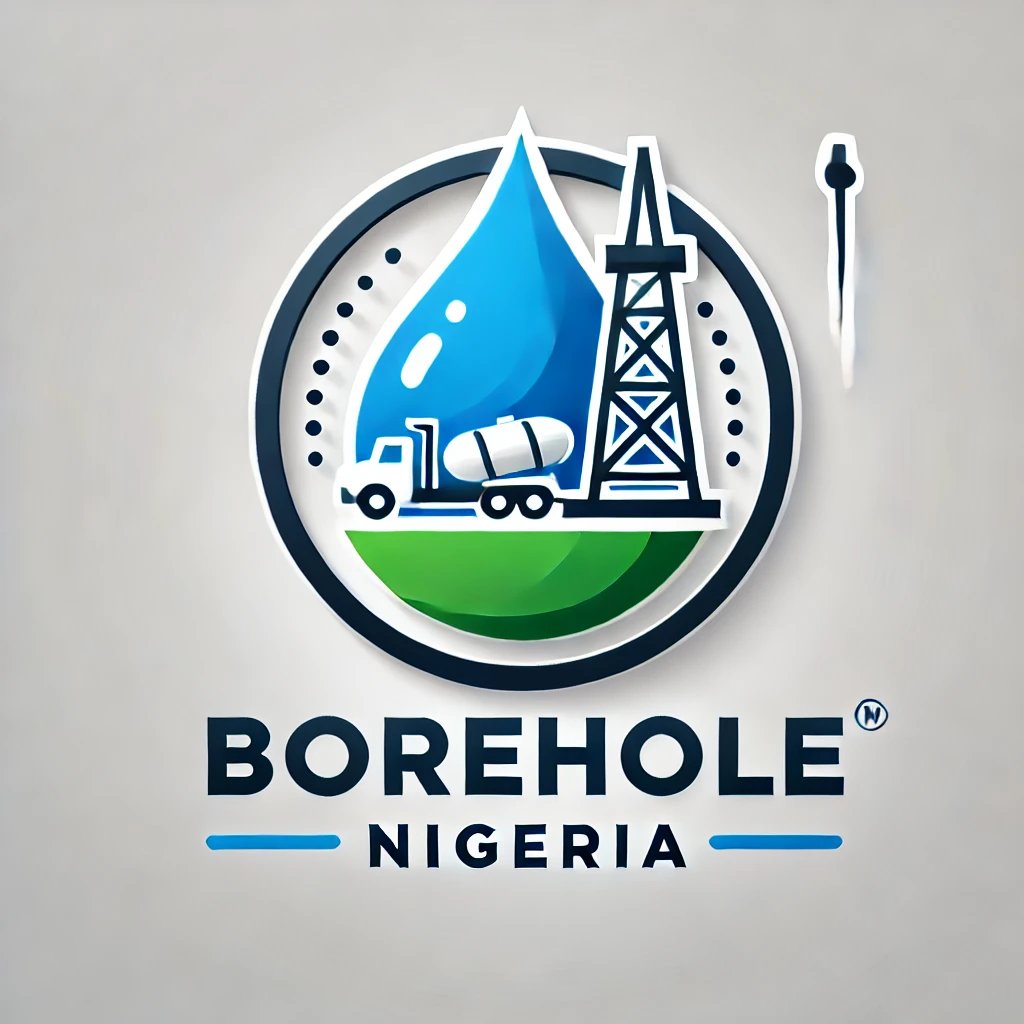If you’re installing a sewage treatment plant (STP), one of the most important questions is:
👉 Can it discharge to a soakaway?
The short answer is: No, in most cases, a sewage treatment plant CANNOT discharge directly into a soakaway.
A soakaway system (such as soakaway crates or gravel pits) is designed to handle clean rainwater, not sewage effluent. Even though a sewage treatment plant produces cleaner wastewater than a septic tank, it still contains nutrients and bacteria that require proper treatment before entering the environment.
That said, there are legal ways to discharge from an STP, but you must follow strict environmental regulations. Let’s break it down.
Why Can’t a Sewage Treatment Plant Discharge to a Soakaway?
Sewage treatment plants do not produce drinking-quality water. While they remove most pollutants, the effluent still contains:
❌ Nitrates and phosphates (which can cause water pollution)
❌ Bacteria and microorganisms (even if significantly reduced)
❌ Organic matter (which can clog a soakaway over time)
Soakaways do not filter wastewater effectively, leading to:
🚫 Groundwater contamination (risking pollution of drinking water sources)
🚫 Clogging and system failure (soakaways are designed for rainwater, not wastewater)
🚫 Illegal discharge (you may face fines or legal action if wastewater pollutes the environment)
Where Can a Sewage Treatment Plant Discharge?
✅ 1. Drainage Field (Soil Infiltration System) – LEGAL & RECOMMENDED
- A drainage field (sometimes called a leach field) consists of perforated pipes buried in gravel trenches, allowing slow filtration through the soil.
- It provides natural treatment, ensuring wastewater fully degrades before reaching groundwater.
- This method is legal in most countries, but must comply with specific regulations regarding soil type, groundwater levels, and distance from water sources.
✅ 2. Surface Water (Ditches, Rivers, Streams, or Lakes) – SOMETIMES ALLOWED
- In some cases, you can discharge treated effluent into surface water, but only with a permit from the Environmental Agency (UK), EPA (US), or local authorities.
- The treatment plant must meet strict water quality standards, ensuring that the effluent does not harm aquatic life.
- This is only allowed for high-quality treatment plants that remove most pollutants.
✅ 3. Mains Sewer Connection – IDEAL IF AVAILABLE
- If a public sewer system is available, it’s usually the best option for sewage disposal.
- In some areas, connecting to a main sewer is required by law if one is nearby.
When Is a Soakaway Allowed?
🚨 A sewage treatment plant can only discharge to a soakaway if…
✔️ It meets strict environmental regulations
✔️ The soakaway is designed as a proper drainage field (leach field)
✔️ Local authorities approve the system
🚫 A basic soakaway crate system (designed for rainwater) is NOT a legal option.
Legal Requirements for Discharge (UK, US & Other Countries)
United Kingdom (Environment Agency Rules)
- A sewage treatment plant CANNOT discharge to a soakaway (unless it’s a legally compliant drainage field).
- Discharge to surface water requires a permit unless the system meets General Binding Rules.
- Percolation tests are required to ensure soil can handle effluent.
United States (EPA & Local Regulations)
- Direct soakaway discharge is not allowed in most states.
- A drainage field or wetland treatment system is required.
- Permit needed for surface water discharge.
Australia & Canada
- Strict environmental protection laws mean that soakaway discharge is rarely approved.
- Engineered drainage fields or wetland treatment systems are preferred.
What Happens If You Discharge to a Soakaway Illegally?
🚨 If you illegally discharge sewage effluent into a soakaway, you may face:
❌ Fines and legal action from environmental authorities
❌ System failure due to blocked soakaway
❌ Groundwater contamination (risking health and legal consequences)
Final Answer: Can a Sewage Treatment Plant Discharge to a Soakaway?
🚫 No, a standard soakaway crate or pit is NOT suitable for sewage effluent.
✅ Yes, if the “soakaway” is actually a properly designed drainage field (leach field).
What Should You Do Instead?
✔️ Install a proper drainage field with percolation testing
✔️ Apply for a permit if discharging to surface water
✔️ Consult local authorities before installing any system
💡 Always follow regulations to avoid costly mistakes, fines, and environmental damage!
